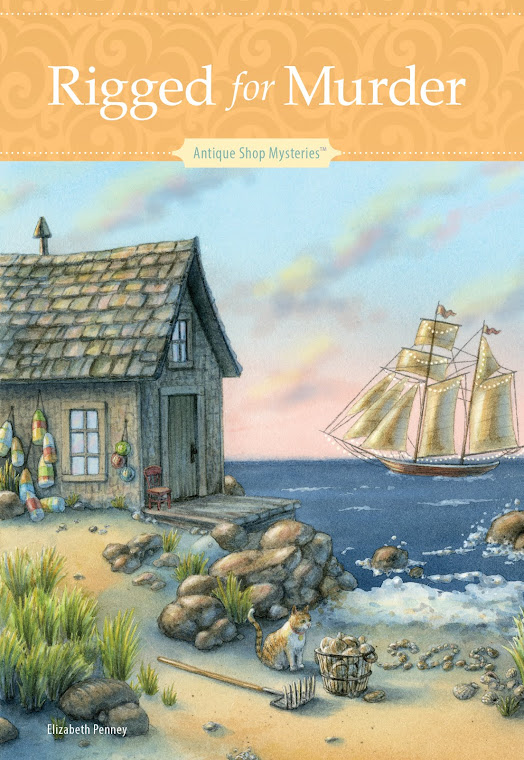Saturday, October 25, 2014
5 Things I Learned Writing Mysteries
This month I'm finishing another cozy mystery for Annie's Fiction book club, and in the process, I've learned so much--tips and techniques I'm using in all my writing, not just mysteries, since I'm not a one-genre girl.
So on to the lessons I've learned...
1. Outlining is your friend. Until my editor required it, I was a confirmed pantser. Oh, I'd sketch out plot ideas and mini outlines for sections of the book as I went, but the idea of writing a full outline gave me the heebie-jeebies. It's still painful for me, since I have one of those NF brains--intuitive. But the outline process forces me to figure out the plot arc for all the threads and noodle out issues in advance. This makes the writing process go much faster. Of course, an outline is just a guide. As you write, things get rearranged, dropped or added, whatever is needed to make the book stronger.
2. Pace carries your reader through the book. Mysteries not only have strong plot structures, they also have built-in pace. As the sleuth discovers clues, events build to the climax of solving the mystery. Often, chapters end on "cliffhangers"--exciting revelations or events--that keep the reader turning pages. The same technique can apply to any genre. The basic idea is to create suspense by raising an issue or question that will be answered later in the story. Narrative drive is another term--your novel needs an intrinsic energy that propels the reader on a journey.
3. Don't drop the sub-plot. Single-focus books seem to be a thing of the past, even in the crime genre. Detectives have personal lives and problems beyond solving their latest case. Weaving together plot and sub-plot can be tricky since you don't want big blocks of one focus then the other. Instead, include elements of plot and sub-plot in each chapter. Minor subplot can be brought in every few chapters. Creating an arc and/or outline for each sub-plot will help you make sure they weave into the main story perfectly.
4. Motivation and goals enrich your characters. I have to say it again--Deborah Dixon's Goal, Motivation, and Conflict really turned on the light bulbs for me. Yes, my sleuth was motivated to solve the mystery (and why is important, too) but what about the big picture? Identifying my character's internal goals, motivations, and conflicts added so much richness to the story. This also leads to believable reactions and behaviors and creates opportunity for interesting sub-plots and plot twists. There are layers of sophistication here with mirroring and sub-text that I admit I'm still learning about and striving to incorporate.
5. Take your readers somewhere special. The books I enjoy most immerse me into the character's world. Cozies often excel at that, since they are mainly escape reading. Whether the setting is a romantic country inn in autumn, a ski resort in January, or an exotic island getaway, readers want to feel like they are there. Sensual details abound. I've read some books that have a great set-up, characterization, and dialogue, but the setting is as bland as an airport hotel. It could happen anywhere. Great settings don't mean pages of description. Often a few specific and vivid details can convey a richness of experience.
Subscribe to:
Posts (Atom)

